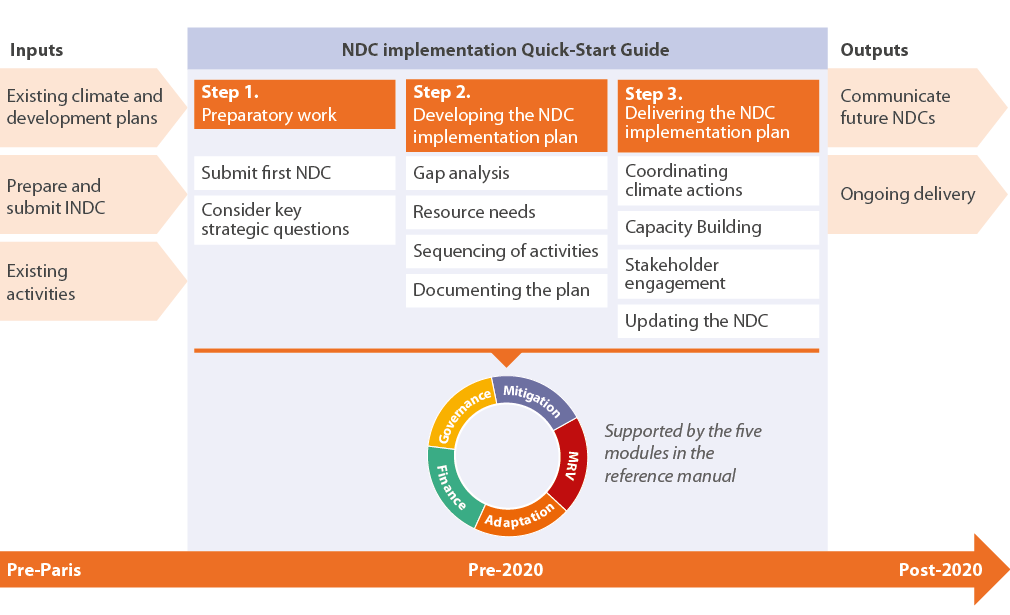And implementation of a greenhouse gas (ghg) reduction plan. recognizing that the increase of carbon dioxide and other greenhouse gases in the atmosphere is a major contributor to climate change, and further recognizing that the emission of these gases due to human activities is a primary cause of this. Wpi’s plan for sustainability calls for a major reduction in the university’s carbon footprint in the next few years, and the office of sustainability’s recently finalized greenhouse gas reduction plan is a map of how that will happen.. The b.c. oil and gas commission is also developing regulations to reduce methane emissions in the upstream production of natural gas by 45 per cent by 2025, and b.c. is planning to develop a regulatory framework for underground carbon dioxide storage, both for the natural gas sector and for direct air capture..
The original bill that established the state’s greenhouse gas reduction program, ab 32, passed in 2006 and authorized the california air resources board (carb) to monitor and regulate sources emitting greenhouse gases. the initial target was to reduce emissions to the 1990 level by 2020.. Greenhouse gas (ghg) reduction as outlined in executive order (eo) 13693, planning for federal sustainability in the next decade , the goal of reducing greenhouse gas emissions is to minimize the contributions to the greenhouse effect which contributes to global warming and subsequent adverse environmental and human health.. History of the 2006-2016 climate goal. in 2008, harvard made a historic commitment to climate leadership: a science-based goal to reduce greenhouse gas emissions. 2008 task force. the greenhouse gas goal was approved based on the findings and recommendations of a 2008 task force of expert faculty, students, and staff convened by president faust..




